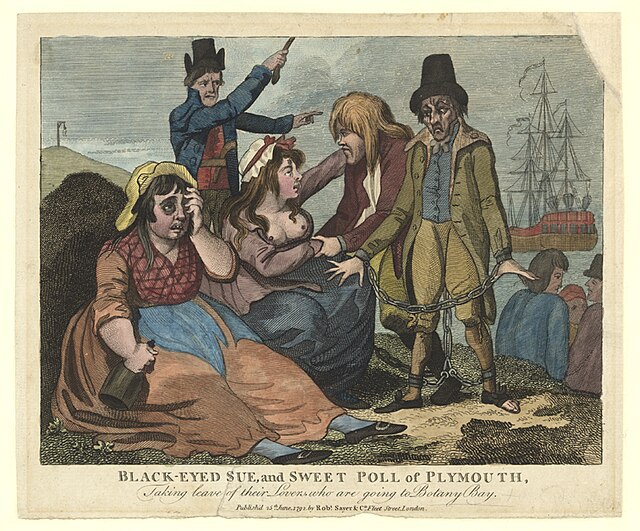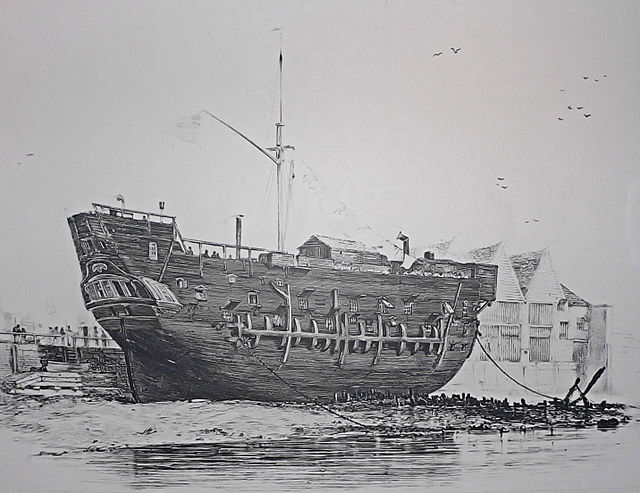Newgate Prison was a prison at the corner of Newgate Street and Old Bailey Street just inside the City of London, England, originally at the site of Newgate, a gate in the Roman London Wall. Built in the 12th century and demolished in 1904, the prison was extended and rebuilt many times, and remained in use for over 700 years, from 1188 to 1902.
Newgate Prison, c. 1810
Newgate, the old city gate and prison
Elevation and plan of Newgate Prison published in 1800
Newgate exercise yard, 1872, by Gustave Doré
A prison, also known as a jail, gaol, penitentiary, detention center, correction center, correctional facility, or remand center, is a facility where people are confined against their will and denied a variety of freedoms under the authority of the state, generally as punishment for various crimes. Authorities most commonly use prisons within a criminal-justice system: people charged with crimes may be imprisoned until their trial; those who have pled or been found guilty of crimes at trial may be sentenced to a specified period of imprisonment.
A 19th-century jail cell room at a Pennsylvania museum
A common punishment in Early Modern Europe was to be made a galley slave. The galley pictured here belonged to the Mediterranean fleet of Louis XIV, c. 1694.
Women in Plymouth, England (Black-eyed Sue and Sweet Poll) mourning their lovers who are soon to be transported to Botany Bay (1792)
The beached convict ship HMS Discovery at Deptford served as a convict hulk between 1818 and 1834.








